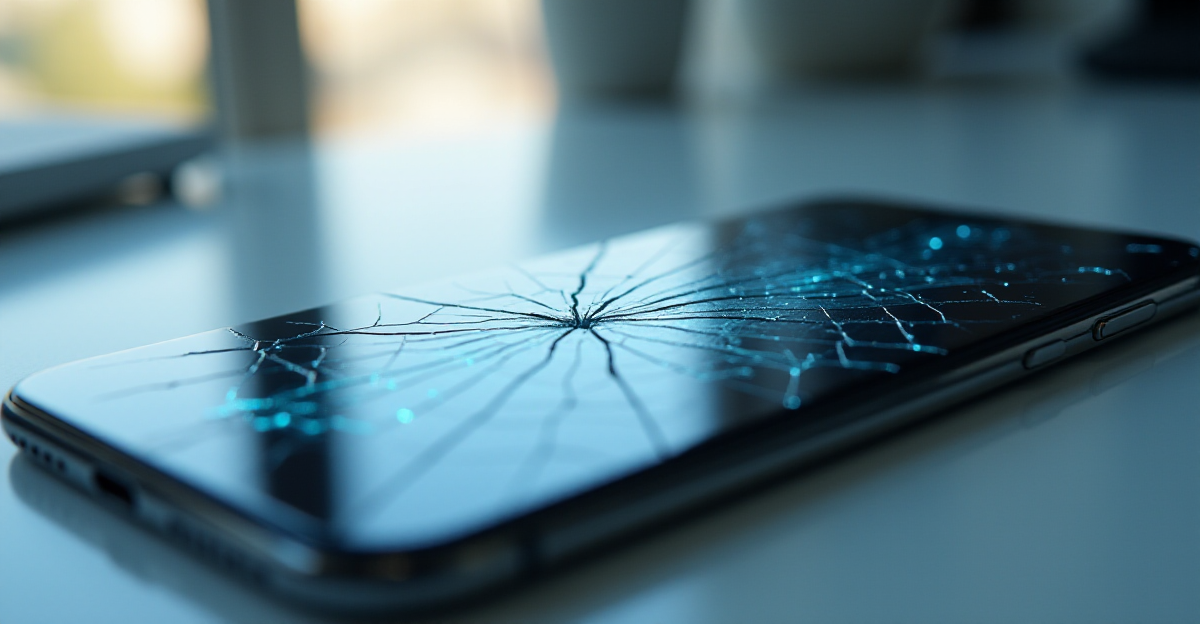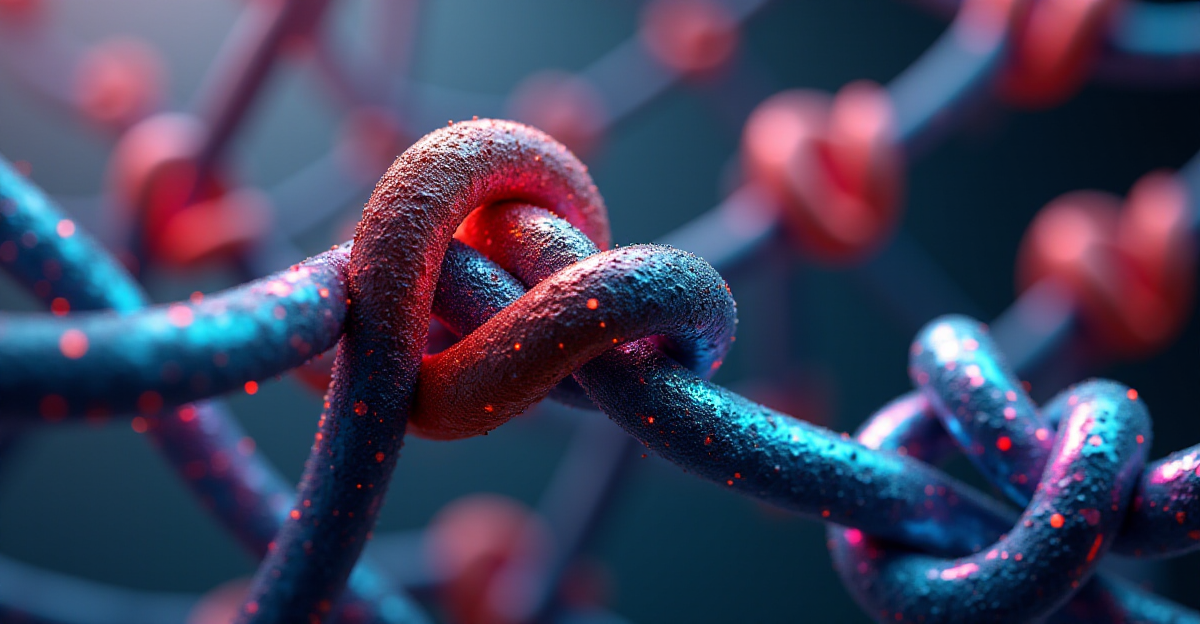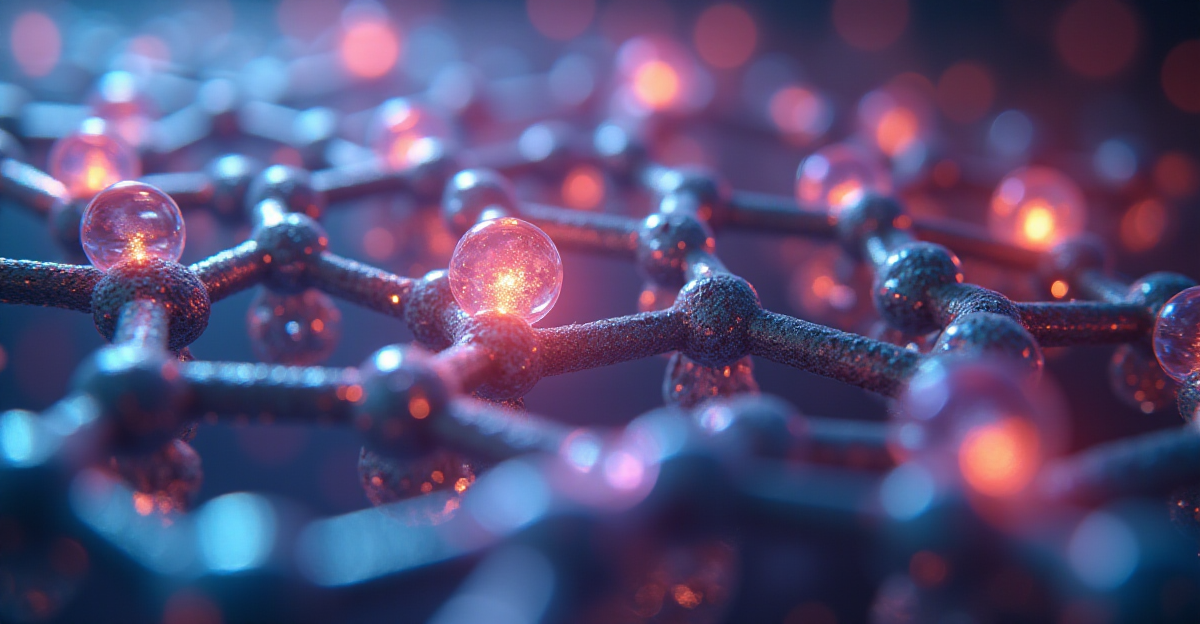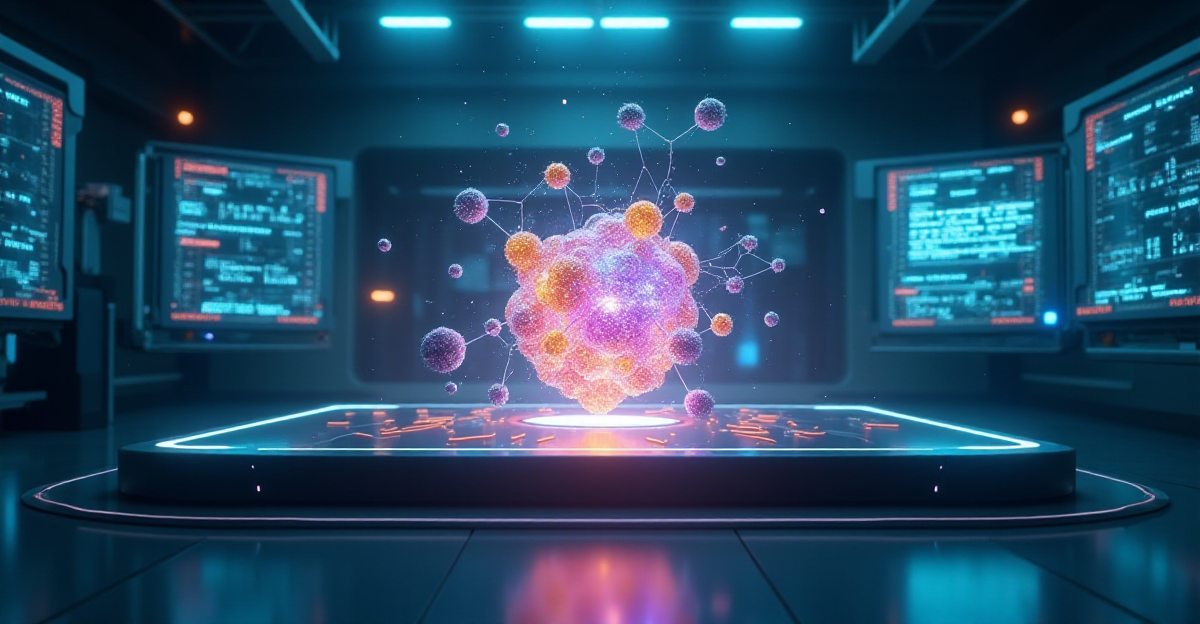Art Detectives: How Chemistry Unmasks Forgeries and Authenticates Masterpieces

Imagine coming before a magnificent work of art only to find it to be a brilliant replica. Although there are many forgeries in the art world, fortunately forensic chemistry is acting as the best art detective. An art forgery documentary intrigued me once, and it dawned on me the great part chemistry plays in exposing ...
Read MoreSelf-Healing Materials Chemistry: The Future of Unbreakable Technology

Imagine a time when bridges find their own structural defects and damaged phone screens fix themselves. Scientists in self-healing materials chemistry are realizing this sci-fi goal by creating polymers that replicate biological healing. One event that changed my perspective on ordinary goods was seeing a prototype coating seal its own scratches under sunshine at a ...
Read MoreChemical Topology: Knotting Molecules for New Properties

Chemical topology control is an exciting discipline that investigates how molecular knots and linkages might produce materials with unusual characteristics. By use of topological chemistry, I have explored the relationship between molecule topology and chemical and physical properties. These systems show how molecules knots might produce materials with hitherto unheard-of mechanical strength. Modern discoveries have ...
Read MoreCrystal Engineering: Programming Matter at the Molecular Level

The creative discipline of crystal engineering investigates how molecular interactions could be controlled to produce precisely desired materials. By means of my structural chemistry studies, I have investigated how minute modifications in molecular packing can significantly affect material properties. This field helps to design crystals with certain mechanical, electrical, and optical qualities. Recent developments reveal ...
Read MoreQuantum Crystallization Control: Programming Perfect Crystals Atom by Atom

Through quantum state control, the developing discipline of quantum crystallization control allows hitherto unheard-of accuracy in crystal development. Research in quantum materials science has helped me to see how quantum influences could direct atomic assembly into ideal crystalline forms. This method enables the synthesis of defect-free crystals with exactly regulated characteristics. Recent studies have shown ...
Read MoreChemical Quantum Teleportation: Instant Molecule Assembly Across Space

Using quantum entanglement, the ground-breaking idea of chemical quantum teleportation lets molecule states be transferred over distance. My research in quantum chemistry has shown how exactly molecular structures may be reconstructed remotely using entangled quantum states. This method might transform chemical synthesis by enabling exact molecule assembly free from physical transportation. Successful teleportation of quantum ...
Read MoreEdge States in Topological Superconductors: Dancing with Majorana Zero Modes

Topological superconductivity has opened a new field of quantum matter where exotic particles arise from electron group behavior. Through their special safety mechanisms, my investigations of topological edge states have shown how these systems can transform quantum computing. Majorana zero modes observed at topological superconductors’ margins constitute a quantum physics revolution. Unprecedentedly precise techniques for ...
Read More









